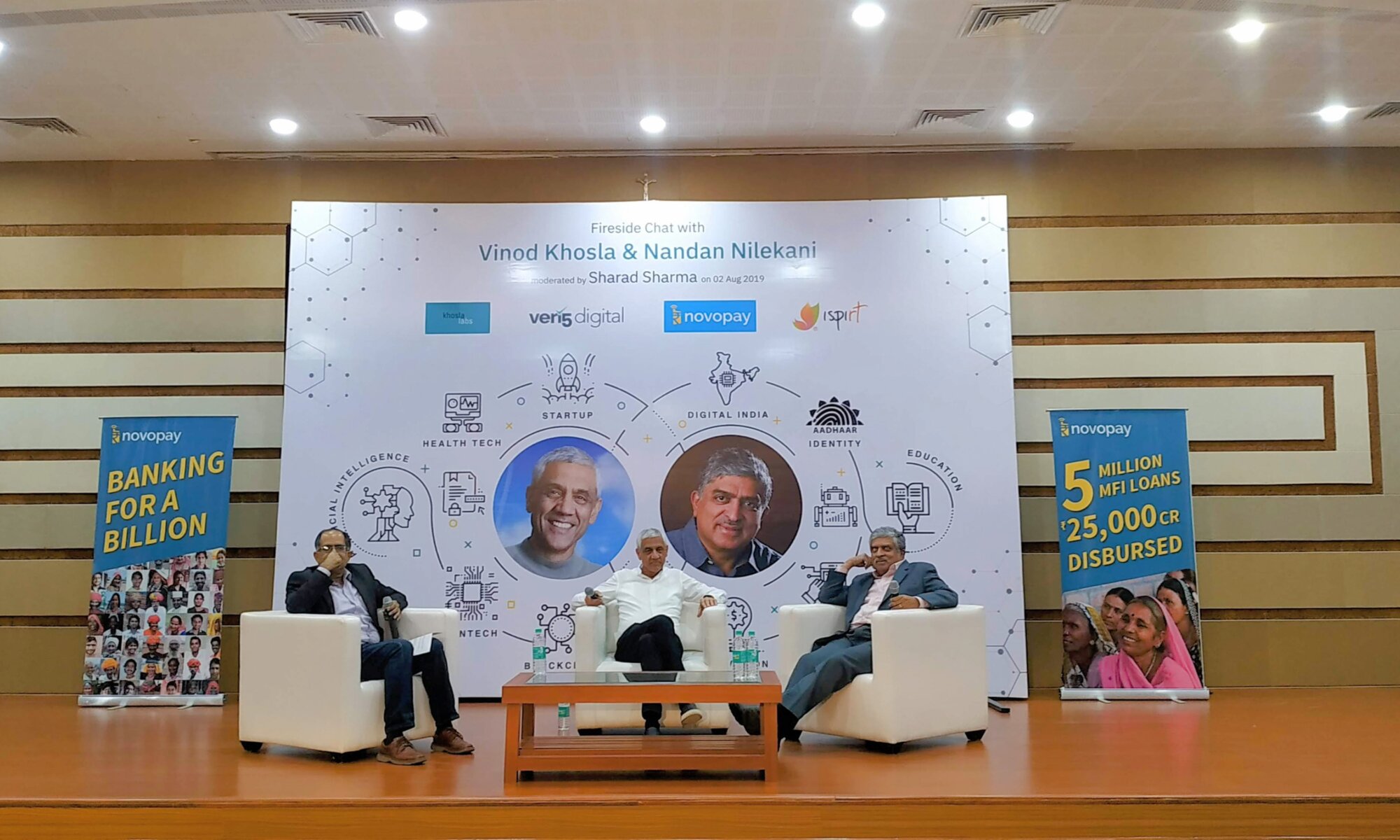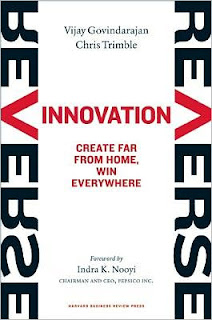MNC Structures can impede innovation flows….
In the mid-1970s, the Xerox Corporation faced the first real threat to its domination of the photocopying industry. This threat did not come from IBM or Kodak, the large American companies that had entered the industry. Instead it came from Canon and Ricoh, at that time relatively small Japanese companies.
Xerox had fortified the technological lead it enjoyed due to its patent-protected technology with strong customer relationships, a renowned service network, and a business model built around leasing large and fast copiers to central photocopying facilities within company locations. Realizing that they couldn’t possibly beat Xerox in head-on competition, Canon and Ricoh chose to change the rules of the game. They sold small, relatively slow copiers with limited functionality yet high reliability to individual managers within companies who were looking for options to meet their own copying needs.
Xerox was caught on the wrong foot. With a large base of machines leased out to customers, it was difficult for the company to shift to a model of outright sales. Further, within the US operations, they lacked a small copier product that could compete with what the Japanese were offering.
Ironically though, Xerox’s Japanese affiliate – Fuji Xerox, a joint venture with Fuji Photo Film – had developed small copiers of its own that were particularly suited to the Japanese market. Yet, in a typical case of one-way information flows that often seems to characterize MNCs, Xerox failed to immediately recognize or exploit the products created by Fuji Xerox to compete more effectively with Canon and Ricoh in the US market. By the time they did it was too late.
…But subsidiary initiative can at least deal with local competitive challenges
Innovation by MNC subsidiaries and affiliates has happened in the past when subsidiaries have had to be locally responsive to competitive challenges. In India, we saw the celebrated case of how Hindustan Lever launched Wheel to combat Nirma in the detergent marketplace. In the process, Hindustan Lever had to “borrow” several aspects of its business model from its local Indian competitors. But, such innovations often remained restricted to the host country market, and in the past were seen more as aberrations than an integral part of the company’s strategy.
In several MNCs, subsidiaries still struggle to get the authority to create new products for specific needs of their markets. Subsidiary leaders often have to display entrepreneurship or initiative to overcome the dominant logic that products and technologies flow from the headquarters to the subsidiary and not vice versa.
Govindarajan & Trimble argue for a new logic
In Reverse Innovation (Harvard Business Review Press, 2012), Vijay Govindarajan (VG) and Chris Trimble argue that multinationals need to change this perspective of innovation. And they go one step further – MNCs should not only encourage subsidiaries in large emerging markets to develop “lower cost + lower performance” products for their markets, but should actively create structures and processes to support such innovation.
The rationale for this is simple. Emerging markets are the growth markets of the future, but existing products and services are often not well-suited to these markets – they are over-designed, have too many unnecessary features, and are hence too expensive. If MNCs fail to develop products for emerging markets, they will not only lose out on important growth opportunities, but could potentially create well endowed competitors from these markets who could ultimately threaten them in their home markets.
Reverse Innovation contains some insightful case studies of companies like GE, P&G and Logitech that strategically created products for emerging markets, some of which have subsequently found markets in the developed world as well. The authors call this phenomenon “reverse innovation” because of this latter phenomenon. This constitutes a flow of innovation in a direction opposite to that of what we traditionally saw in MNCs (like in the Xerox story with which I started this post). And, the authors believe that this reverse flow may well be important for the developed world as they face declining growth, lower disposable incomes, and increasing ecological concerns.
The Challenges of Reverse Innovation
I have some reservations about the use of the term “reverse innovation.” It seems somewhat patronizing to the developing world. Notwithstanding this, it appears to be sticking, thanks in no small measure to the Harvard Business Review article by the authors of this book, and GE chairman Jeff Immelt.
But, more importantly, there are some fundamental issues with this phenomenon itself. The first issue is whether MNCs, whose competitive advantage comes traditionally from superior technology and features, can really compete in a price-sensitive, cost-driven market. Anecdotal evidence from the Indian market suggests that GE (the focal company of this book – one of the authors, VG, was a consultant and Professor in Residence at the company) has been struggling to make a commercial success of its reverse-innovated ECG machines and associated products because local competitors have been undercutting GE’s prices. This raises the question of whether, given their overhead structures, MNCs can ever hope to compete on cost with frugal local competitors.

This doubt is reinforced by one of the case studies in the book about a P&G sanitary napkin product specially developed for the Mexican market which suggests that this product enjoys less intellectual property protection than a typical P&G product does, presumably because it doesn’t have such a high degree of proprietary technology in it. At least in India, if it’s a competition for better adaptation and cost efficiency, I would be inclined to put my money on local companies to prevail.
Successful innovation often involves innovating on multiple dimensions. Studies by Doblin, an innovation consulting firm now owned by the Monitor Group, suggest that innovations are more likely to be successful if they incorporate innovation in at least 6 of the 10 dimensions of innovation they have identified. This suggests that MNCs will have to innovate on supply chain, distribution and a host of other business dimensions if they are to make reverse innovation work. (This is reinforced by Hindustan Lever’s success with Wheel where they did exactly that). But, it will be difficult for MNC subsidiaries to make that many changes unless they are really determined to do so. It’s tough to imagine the average GE channel partner selling high ticket price medical equipment being interested in selling low-priced scanners, and the challenge of setting up alternate distribution channels (which the authors say GE is doing) shouldn’t be underestimated.
While the authors should be congratulated for taking the bull by its horns in asking MNCs to embrace complete bottom-up product design if they want to be relevant in emerging markets, they should in my view put greater emphasis on the criticality of fundamental changes in business models that will be required for these newly designed products to be successful in these markets.
And, finally, I wonder whether Clayton Christensen’s theory of disruptive innovation (see my earlier post comparing disruptive and radical innovation) isn’t adequate to describe the nature of innovation VG and Trimble advocate. If so, the major contribution of this book is the emphasis on the changes needed in MNC structures and processes to facilitate such innovation by MNC subsidiaries in emerging markets.







